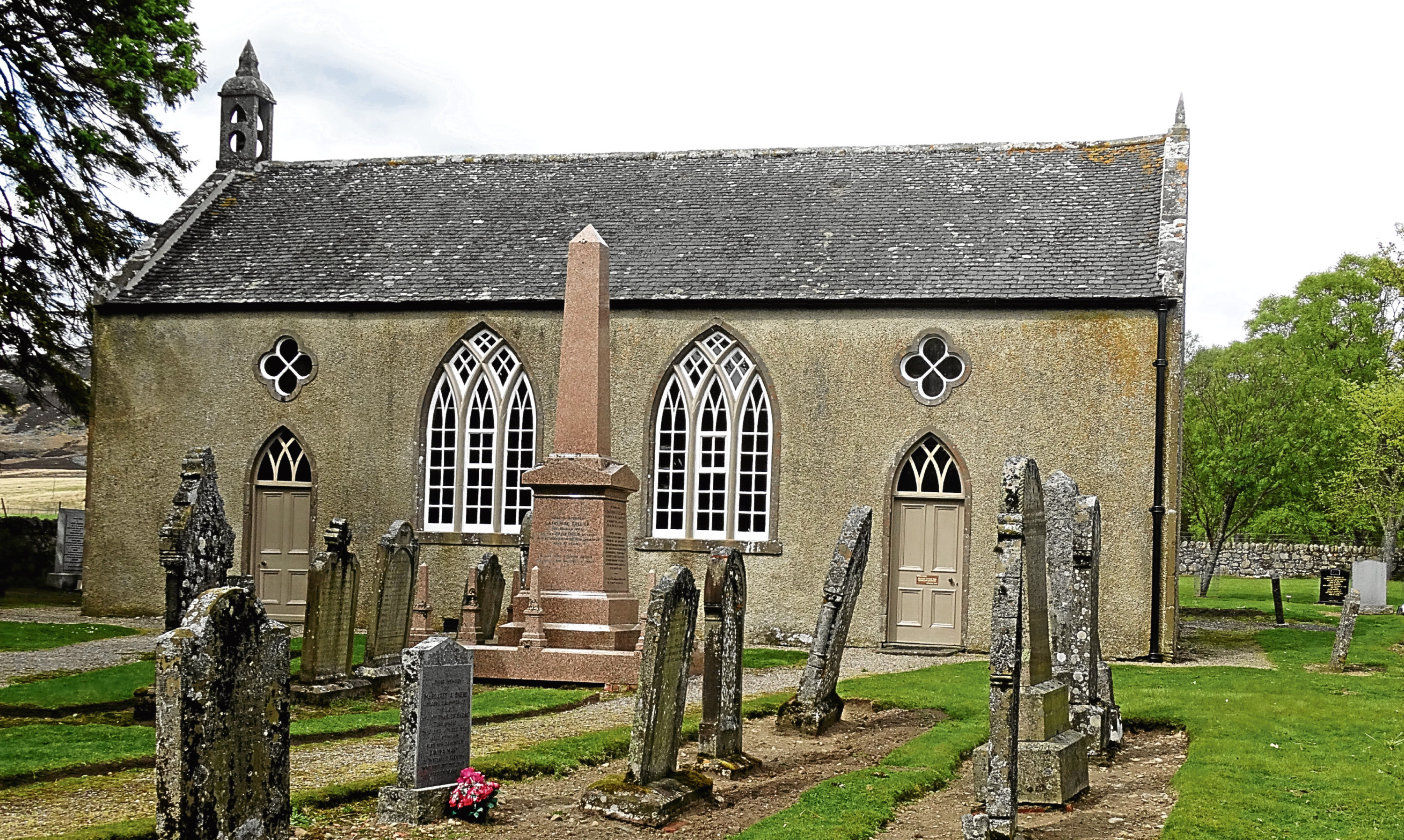There’s been discussion lately about the intrusion of the dawn chorus – which starts here around 4am – into the slumbers of honest citizens who need their eight hours sleep every night.
If I’m wakened by it I lie in bed and enjoy it or get up and take a wander in the garden. I don’t know what else I could do, except bury my head under the pillow.
What about the evening chorus then? It would surely be hard to find fault with that. The birds’ evensong is as musical and exciting as the morning version.
Light is a key factor affecting bird song, which is why it starts so early. While song is essential in attracting a mate, at this time it is more likely to be a male bird defending its territory and warning off intruders while the female is sitting on eggs.
Song is the birds’ language, conveying information from one bird to another. To be effective it must be loud, clear and repetitive, which is probably why it meets with such disapproval from light sleepers. Which is a pity, because our countryside would be a desolate place without birds and their songs.
Several early broods of garden songbirds have fledged and I watch them hopping round the garden after the parent birds, vociferously demanding to be fed. Blackbird and song thrush chicks look to be fully grown but their stumpy, short tail feathers have still to grow to adult length.
Tree sparrow chicks in one of the nesting boxes have fledged and any day now we expect chicks to leave the other box. The parents should have at least one other brood, and maybe two.
I’ve seen my first swallows, and house martins too. I haven’t gone to see them yet, but the sand martins in the small sand quarry are probably sitting on eggs right now. More in hope than expectation I look out for swifts but they have been absent from our neighbourhood for several seasons.
Kirk in the glen
A Letham reader wrote to say how much she enjoys the column, and reminds me that I often write about Glenesk. She – or perhaps it is he, because the letter is unsigned – would like to see a photograph of the small church at the head of the glen.
That’s an easy wish to grant.
Glenesk is the most easterly of the Glens of Angus. Its vigorous, active community supports agriculture and sporting estates, a primary school, three churches, Masonic Lodge, WRI (Women’s Rural Institute), the Glenesk Retreat and Folk Museum and community centre and Highland games – truly a microcosm of Scotland’s historical footprint and rare survivor in Scotland’s social landscape.
The glen has been an ecclesiastical centre since the arrival of the Hermit Saint, Drostan, some time in the Sixth Century. St Drostan’s Episcopal Church and the Maule Memorial Church beside Tarfside still have active congregations but, due to the drop in population in common with all other glens, services are no longer held every Sunday.
Lochlee Church, beside the car park at the head of the glen, where Glen Lee and Glen Mark meet to become Glenesk, is the small church that the reader has inquired about.
Glen concerns were raised when the Church of Scotland decided to dispose of the church and put it on the market. It is now in the ownership of the Glenesk community, who formed the Friends of Lochlee Kirk to raise funds for its care and renovation.
The present church dates from 1803 and was built with stone recovered from the demolished outbuildings of nearby Invermark Castle. Inside, the pews and furnishings are simple and probably made from timber from the estate, and woodgrained throughout.
Unusually for a small rural church there is a wooden sounding board on a podium above the raised pulpit. The minister could harangue the sinners in the gallery as enthusiastically as those in the main body of the kirk.
The graveyard is still in use and is well kept. I like to wander among the gravestones and wonder about the people and their stories. There could be no doubt about William Fraser of Tarfside’s occupation – his unconventional headstone is in the form of an anvil.
A candlelight carol service – there’s no electricity – is held each Christmas, organised by the glenners and the schoolchildren. The Doyenne and I joined them when we lived in the glen. There have been several weddings and christenings and the simplicity and welcoming atmosphere of the setting must add a special ingredient to these family occasions.
The church is open daily for all who come searching for peace or want time for personal reflection.
I stood for a while in the sunshine. Further up the glen a cuckoo called and on the hillside whaups (curlews) claimed their territories, gliding on extended wings and calling their bubbling trill.
I remembered a comment made by John Bell of the Iona Community – “We are in sight of the sky and in touch with the land.” It summed up everything.
